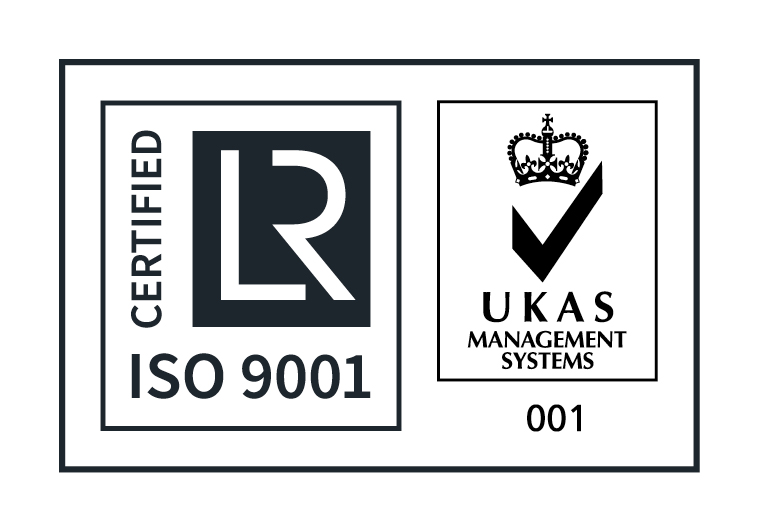Diver's Emergency Hot Water Tank

Fathom Systems have previously engaged with a client on the upgrade and replacement of the Diver's Emergency Hot Water Tank on board a DSV.
The emergency system comprises four main components: the tank, control panel, remote control panel, and the diverter valve.

The tank is approximately 2.5m high with a diameter of 1.1m; it has a 1775L capacity but will only be filled to within 200mm from the top, this gives an air space for thermal expansion, leaving a volume of approximately 1500L.
The tank is ventilated via a 2” vent pipe from the top of the tank to a place where hot water can safely be discharged without the risk of scalding. The tank should be supplied from the ship's fresh water that has been UV treated via the 3/4” solenoid valve. Heating the water is done via three 10kW immersion elements that are controlled either from dive control or locally from the control panel. Discharge from the tank is from the base, via a 2” isolation valve. This line is connected to the existing heat exchanger skid via the failsafe three way diverter valve. In the event of no power, the valve will automatically connect the tank to the LP side of the cat pumps. These pumps, being fed from the emergency board, can then deliver the stored hot water to the bell.

The local control panel provides power, control & instrumentation for the tank. Power is fed to the heating elements via the main isolator, safety cut out contactor KM1, then via the dual solid state relay (SSR see right) V1. This SSR is controlled either by the local temperature controller S1 or the remote one in dive control. For redundancy, each controller has its own temperature sensor.
The SSR controls the amount of power to three MCBs, Q1-3 (one for each element).
An energy meter (below) displays information for technicians on voltage, current and power consumption. A mutable audible alarm will be made if there is a high or low temperature alarm, an SSR temperature trip, or the tank’s high set point has been reached. If any of these alarms are set, then power will be removed from the elements via KM1 and the “Heater Disabled” indicator will turn on.

The tank can be emptied locally by turning the “Tank Discharge Valve” switch from closed to open. This commands the three way valve to open; when it has fully opened the “Start Pumps” indicator will be lit. The dive supervisor can then instruct the technicians to start the cat pumps.

There are three float switches on the tank: top, middle and bottom. As well as indicating the water level, the top is used to control the auto fill function (if auto is selected). To avoid over filling at sea, it is recommended to keep the tank fill switch in the off position. The bottom switch is also used to provide volt free contacts to shut down the cat pumps (only if the “Tank Discharge Valve” switch is in the open position).
Local or remote control is set by the “System Control” switch; this would normally be set to remote, for the dive supervisor to control.
The remote control panel is located in dive control and gives the dive supervisor control of the tank temperature and control to discharge the tank. There are indication of the following: “Heater on”, “Start Pumps”, “Tank low”, “Control Available” and “Hi/Lo” temperature alarm with a mutable audible alarm.





